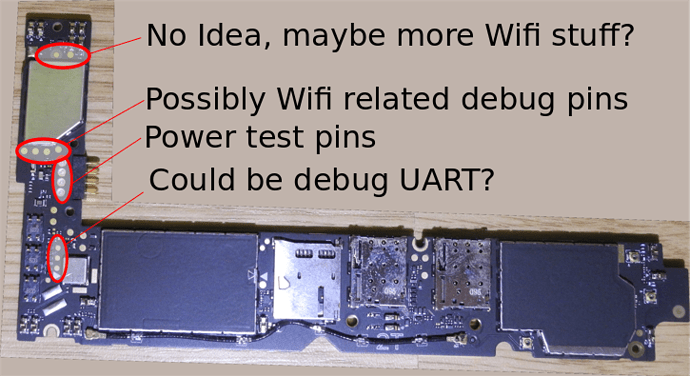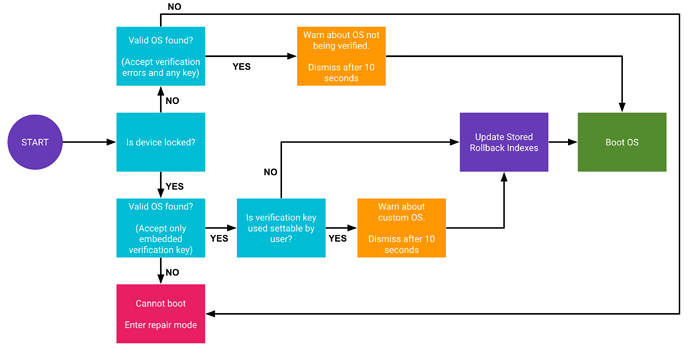well for starters, that aprticular aboot expects a msm-id with 3 entries, while all the ones that come with fairphone kernel only have 2 (which would cause that bootloader to bail
but I looked at the other branches of that same repo, and the aboots differ drastically, even though they are only for a different qualcomm chip series.
so there is no guarantee (quite the contrary, its unlikely) that because the qcom-dima-8x74 aboot does it like this, that ours would do it the same.
btw fastboot getvar all reports:
(bootloader) hw-chip:SDM632
(bootloader) hw-revision:10000
Edit: just found a counter example - another aboot for another qualcomm chip, in this case for the Lumia smartphone with qualcomm msm8227 CPU:
prop = fdt_getprop(dtb, root_offset, "model", &len);
if (prop && len > 0) {
model = (char *) malloc(sizeof(char) * len);
ASSERT(model);
strlcpy(model, prop, len);
} else {
dprintf(INFO, "model does not exist in device tree\n");
}
/* Find the pmic-id prop from DTB , if pmic-id is present then
* the DTB is version 3, otherwise find the board-id prop from DTB ,
* if board-id is present then the DTB is version 2 */
pmic_prop = (const char *)fdt_getprop(dtb, root_offset, "qcom,pmic-id", &len_pmic_id);
board_prop = (const char *)fdt_getprop(dtb, root_offset, "qcom,board-id", &len_board_id);
if (pmic_prop && (len_pmic_id > 0) && board_prop && (len_board_id > 0)) {
the sdm400 and 600 series will likely have yet another bootloader version. It’s really hard to fix this without knowing what our bootloader is looking for and having no debug output 


 .
.